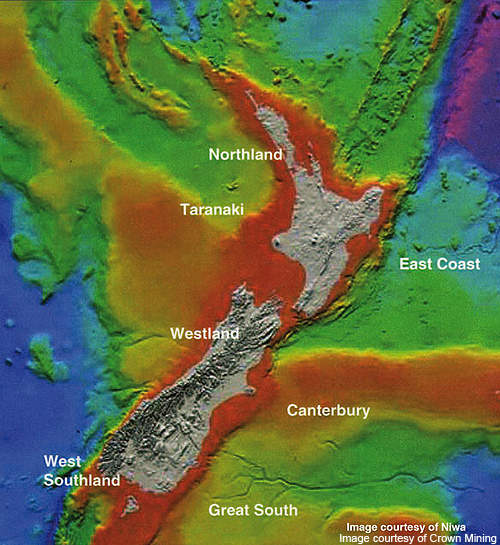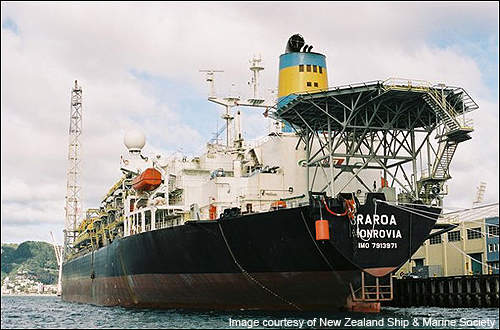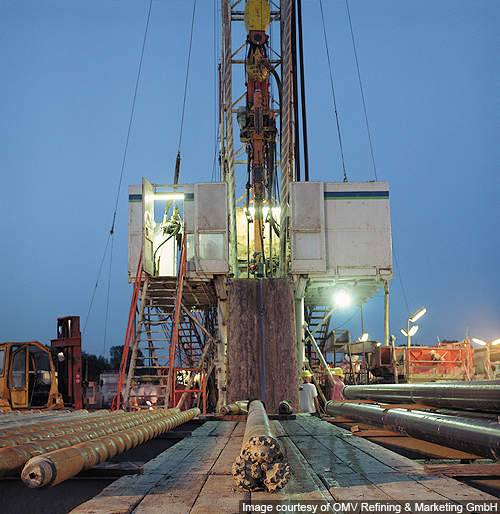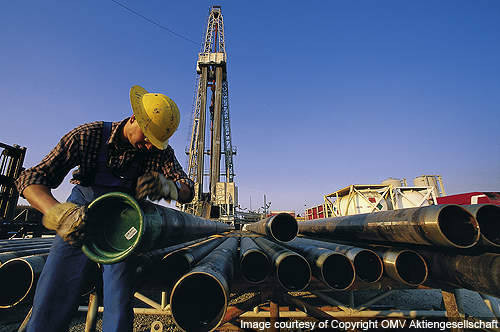Maari oil field lies in Block PMP 38160, situated 80km off the South Taranaki coast in New Zealand.
The oil field covers an area of 8,402 acres and lies at a water depth of 102m. The largest crude oil field in New Zealand, it contributes heavily to the economy and development of the Taranaki region.
New Zealand-based OMV is the leading partner and operator of the oil field, and holds 69% stake. Todd Maari, Horizon Oil and Cue Taranaki own 16%, 10% and 5% respectively.
Discovery
The Maari field was discovered by Diamond Offshore’s semi-submersible rig Ocean Bounty in 1983.
Appraisal well Maari 1 was drilled in 1998. The field was fully surveyed after it was taken over by OMV in 2002. OMV drilled another appraisal well, Maari 2, in 2003, to a depth of 1,495m.
Reserves
The operator discovered presence of multiple oil-bearing sands at the site. Two reservoirs M2A and Manaia 1 were found off Taranaki Basin and are expected to contain 101m barrels oil.
Field development
The Maari field development plan was approved in 2005 and the development was started in 2006.
The project has two satellite fields, designated Manaia and Matariki, which are tied back to the platform and the Raroa FPSO.
Three production wells have been drilled to date. The first and second production wells were named MR3P8 and MR4P9 respectively.
The first production well was drilled and brought to production in January 2009.
Drilling and equipping of the second production well at a depth of 4,323m was completed in March 2009. It was connected to the FPSO in early 2009. Its horizontal section was drilled to a depth of more than 2,000m.
The third production well MR5P12 was drilled to a depth of 2,090m.
Clough Limited rendered the 11,023t Tiro Tiro Moana platform for the field development. The platform was installed on Maari field in 2008. The total developmental costs of the field are estimated to be approximately $360m.
Infrastructure
The Tiro Tiro Moana platform hosts eight wells – five production and three water injection wells – which are tied-back to the Raroa II FPSO.
The platform consists of a jacket of 145m height with top decks of length 50m and width 55m, and a suction base.
The Raroa II FPSO lies at a water depth of 100m.
It was designed for an operational life of over 15 years. It has a storage capacity of 646,548 barrels of oil.
It processes and stores oil, which is later transported to shuttle tankers.
The FPSO was built by converting the MT Andaman Sea tanker. Some modifications were carried out to the FPSO, including installation of an internal turret, a new processing facility and three boilers on deck.
Renewal of piping and electrical systems was also carried out in 2008.
Ensco 107 jack-up rig carried out drilling of the three production wells at the field.
Production
Commercial production of light crude oil from the field began in February 2009. New Zealand exported 6.5m barrels of oil in the first year of production.
Production in the second half of 2010 is estimated at 30,000 barrels a day. The field is estimated to produce for 10 to 15 years.
Contractors
The contract to convert the MT Andaman Sea tanker into the FPSO was given to the Singapore-based Jurong Shipyard. The operation contract worth $540m of FPSO was awarded to Tanker Pacific Offshore Terminal in 2006.
The Maari platform installation contract, worth $180m, was awarded to Australia-based Clough and the platform fabrication contract was given to Malaysia-based Kencana HL.
The conductor installation contract was awarded to US-based BJ Tubular Services in 2007.
Lloyds won the certification services contract. JDR designed, manufactured and supplied a 2.4km power / optical link between the FPSO Raroa and the field platform.






